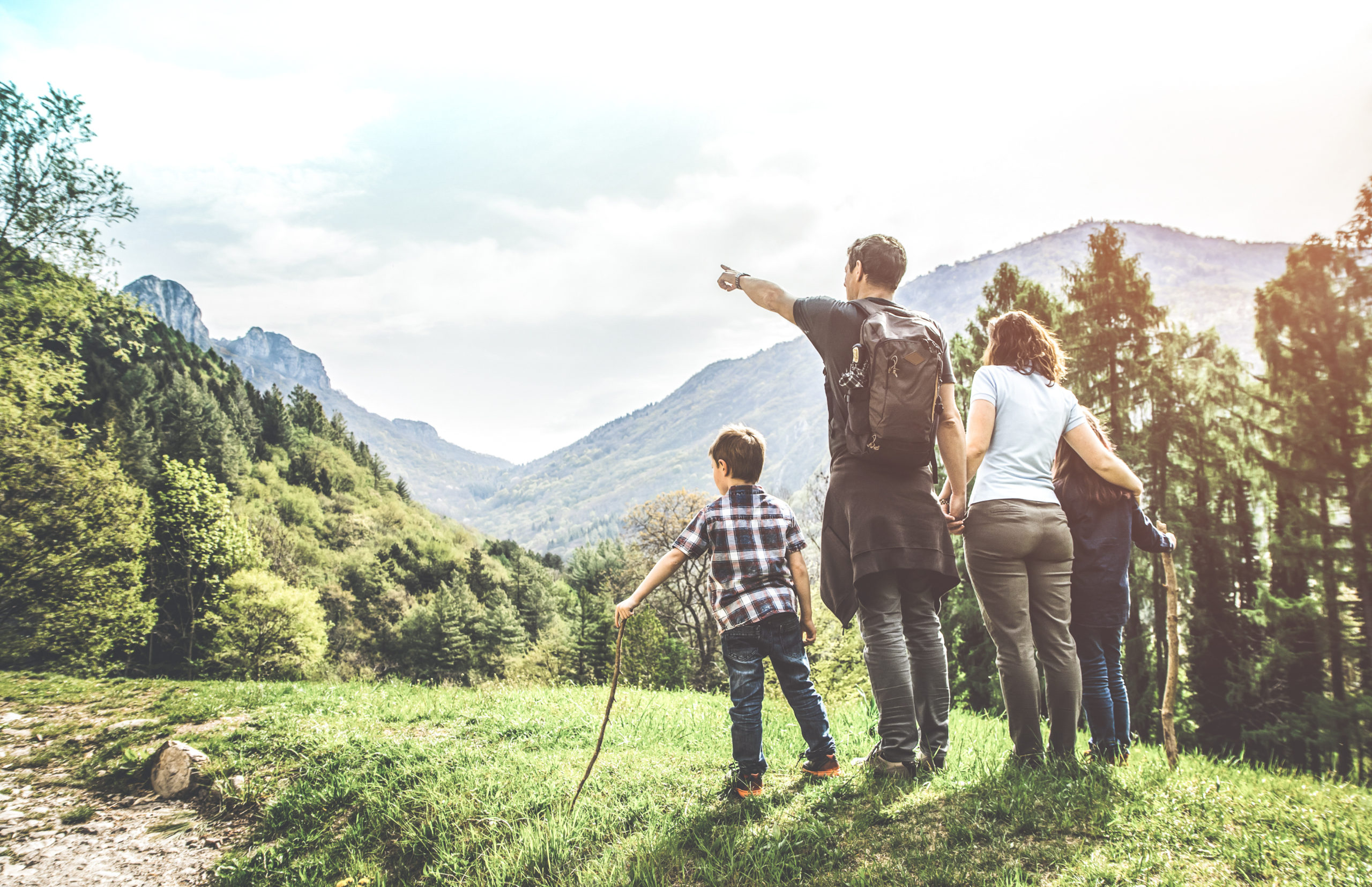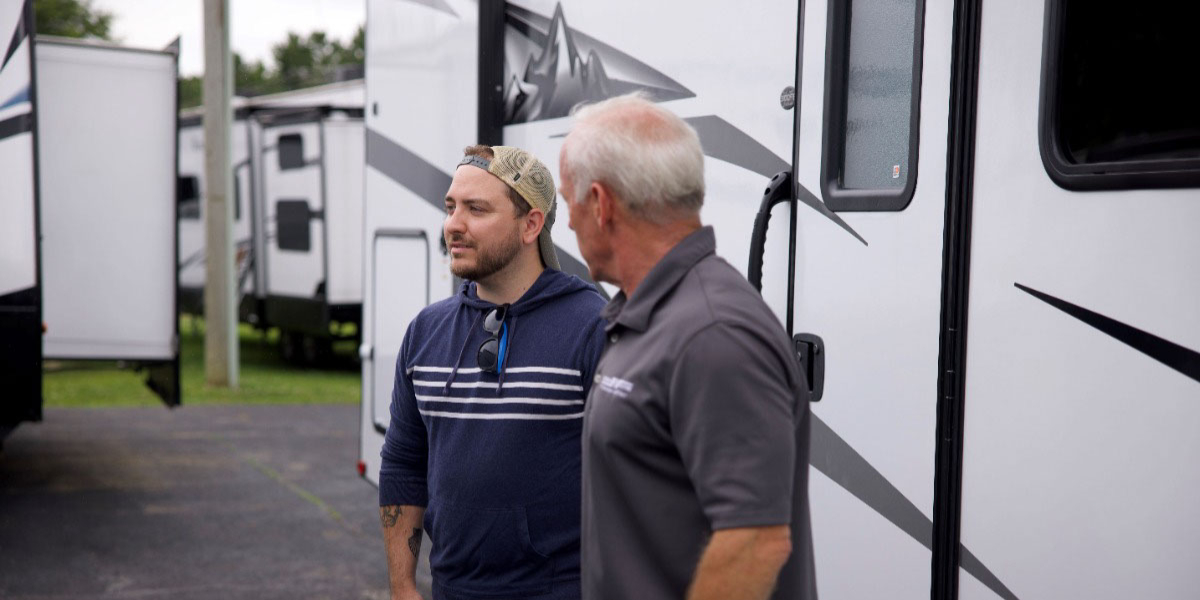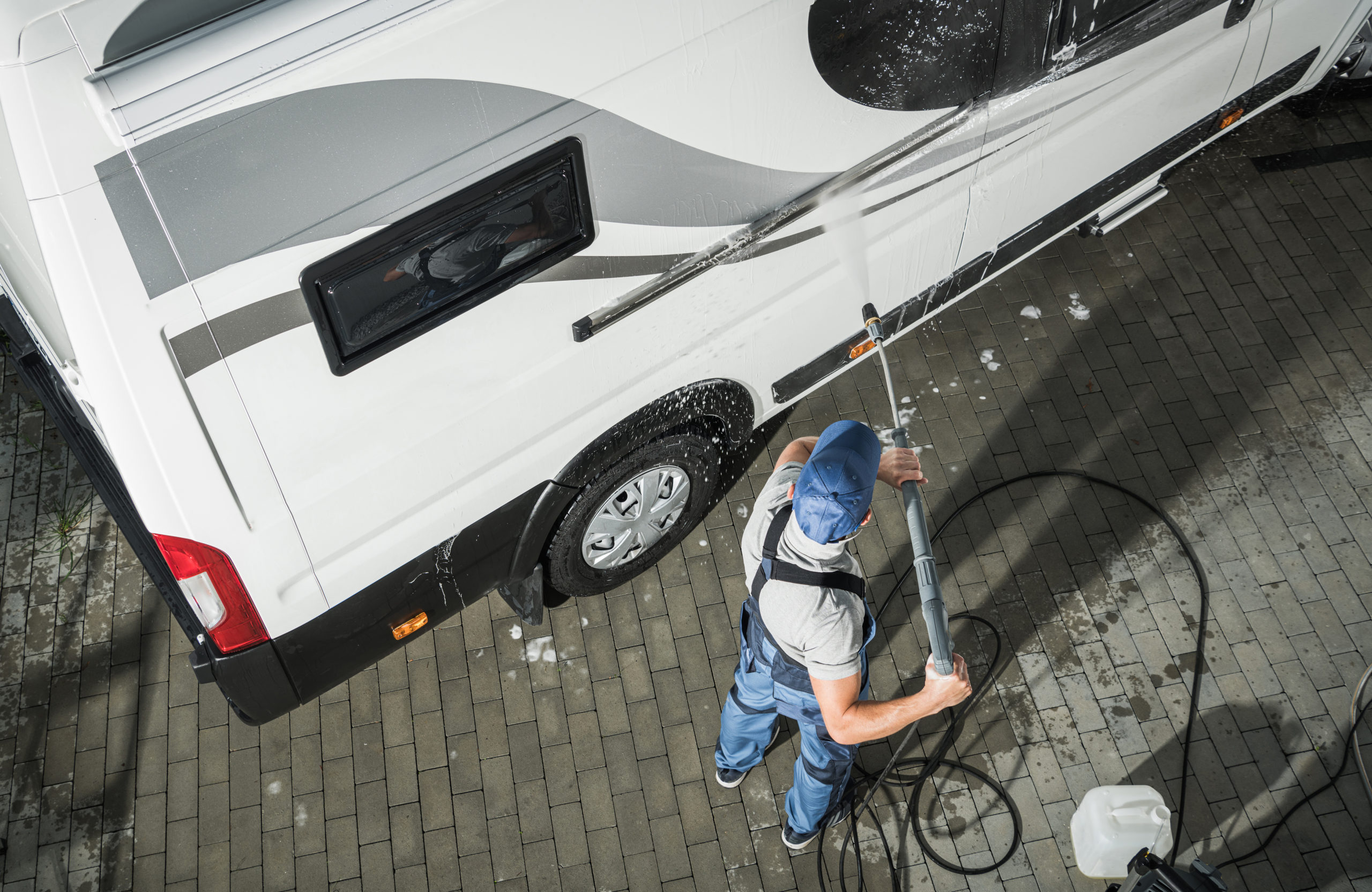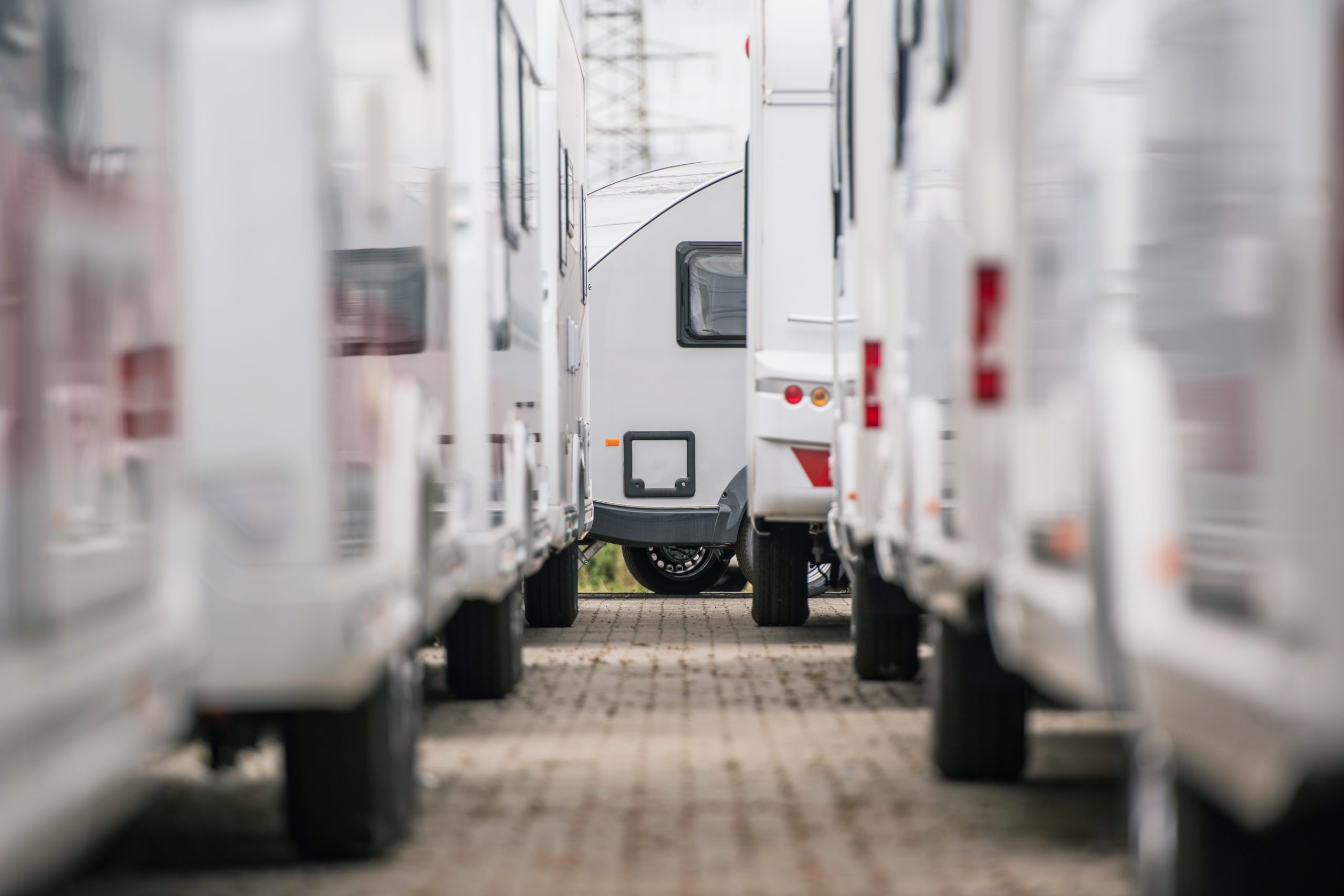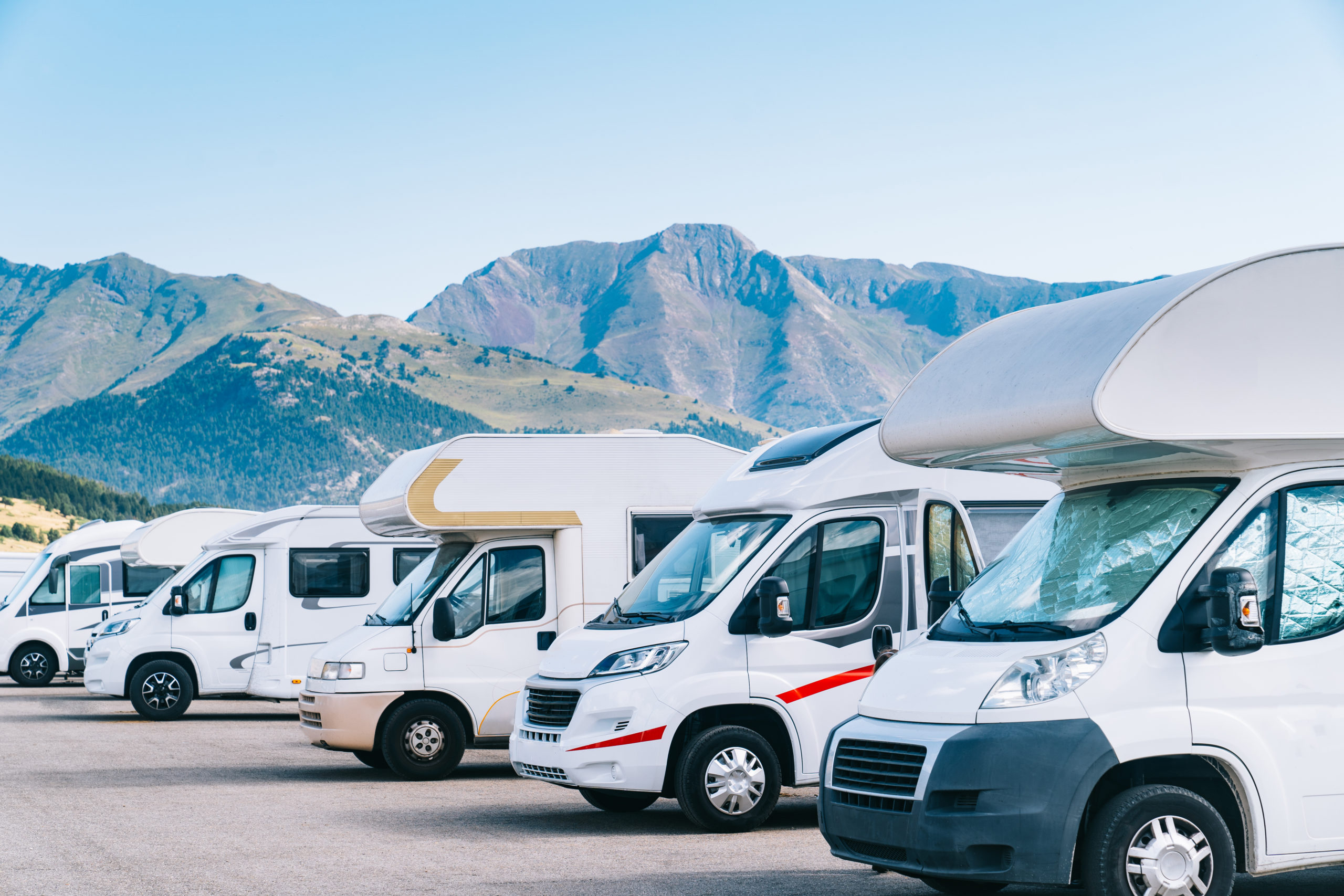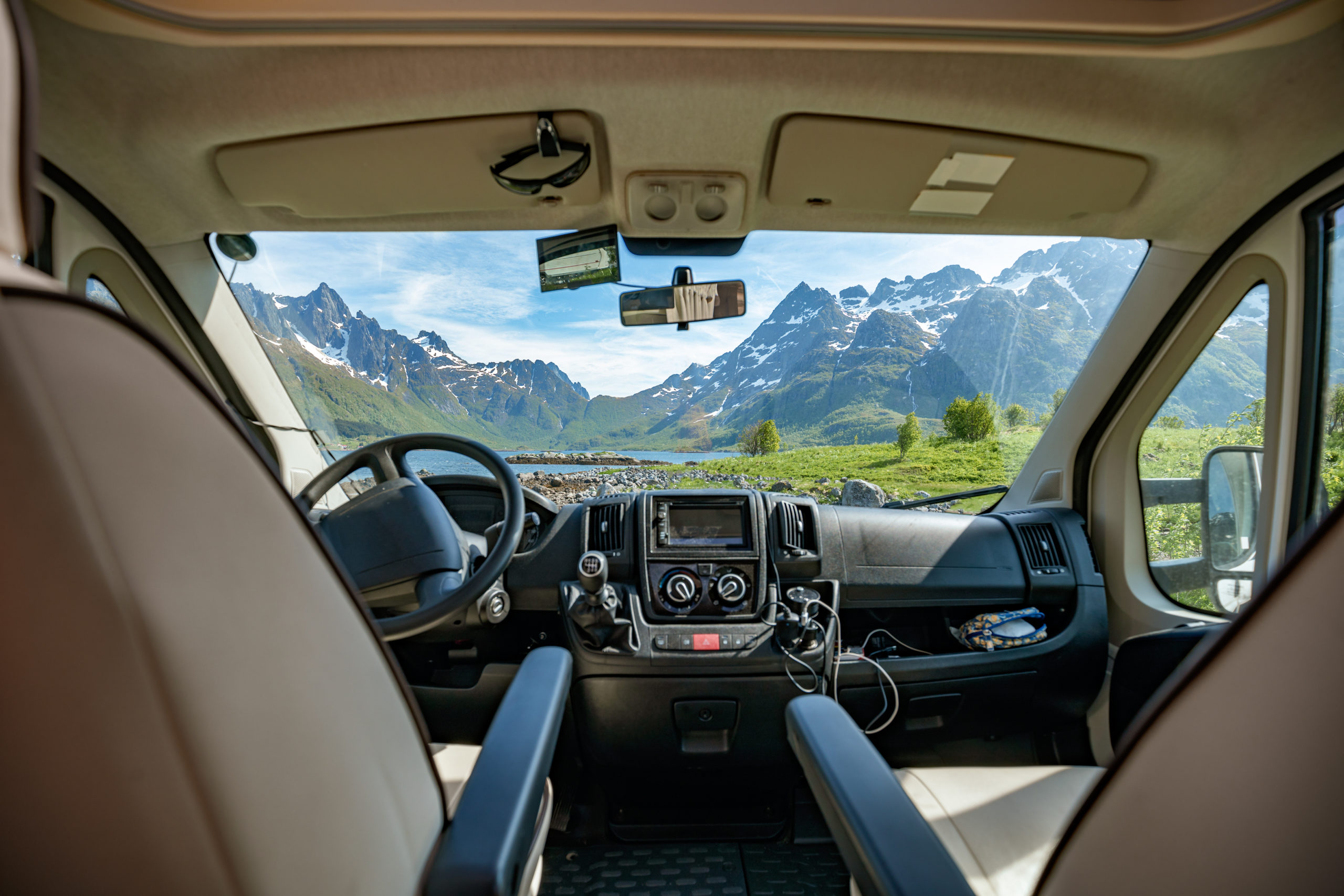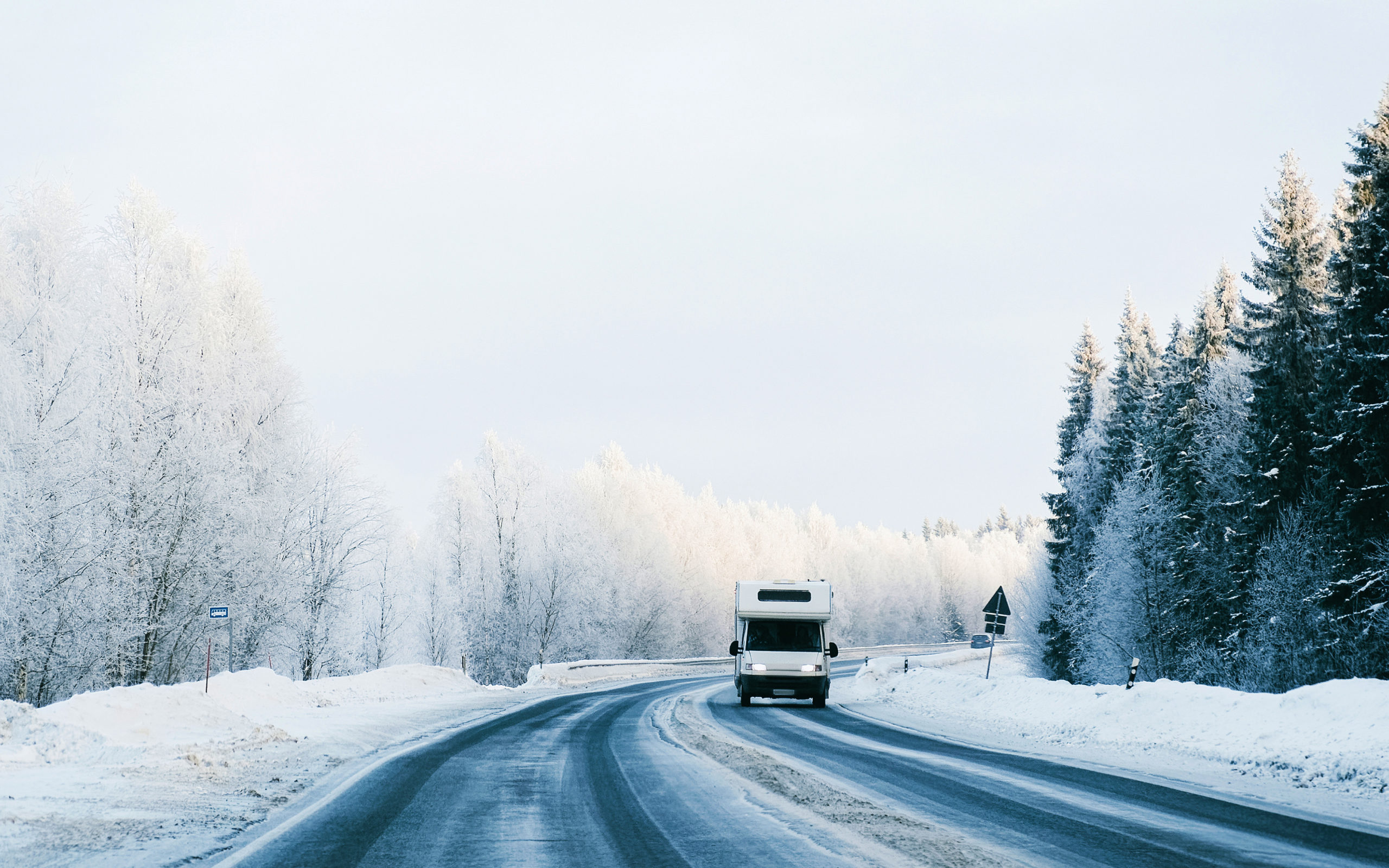Spring break is just around the corner for millions of Americans – cue the excitement! It’s a time to relax, recharge, and get away with family and friends after a particularly stressful year. But before you set out on your spring break adventure, consider these tips when planning your trip and while you’re out exploring.
Before You Go…
Research Locations
First, you’ll want to decide where you’d like to go. Are you looking for a local weekend getaway or are you looking for a longer road trip opportunity? Looking to escape to the mountains or the beach? There are so many options out there! Take some time to research different locations and come up with a few ideas to present. Get the whole family involved in the research process and come together to select your destination.
Check COVID Restrictions
When selecting your destination, check any COVID-19 restrictions that may apply to the location you would like to visit. Also be sure to follow any regulations that the state has put in place for your safety.
Set a Budget
If you’re looking to get away this spring break, the time to start saving is now. Once you’ve set a maximum budget, stick to it during your planning process. Make a list of the major and minor expenses related to your travels so you can be prepared ahead of time. Start with the basics of gas, food, and campgrounds then go from there. This part of the planning process isn’t the most fun, but it will ensure that you can relax and enjoy your vacation to the fullest.
Determine How You Will Get There
There are a few different options when it comes to getting to your destination in an RV. If you have an RV of your own, using it for your vacation could be the ideal option for you and your family. If you don’t, there are options to rent RVs if that’s something you are interested in pursuing. There are options to rent both towable RVs as well as drivable RVs – the choice is completely yours. Drivable RVs are great for larger groups looking for additional amenities and towable RVs give you the flexibility to unhitch from your unit and explore the area in your personal vehicle. As air travel decreases due to safety concerns, people across the country are turning to RVs to get them to their next destination. It’s a worthwhile – and fun – option to consider.
Book Early
As we mentioned, road trips will most likely be on the rise this spring break as many people still want to avoid flying due to the pandemic. You’ll want to make sure you are booking all aspects of your trip well in advance. If you’re renting an RV for your adventure, make sure you book as early as you can. If you plan to stay at campgrounds or RV parks, make sure you reserve your site ASAP.
Plan Your Itinerary
Before you set out to your destination, come up with a game plan for each day. It doesn’t have to be super in-depth, but creating a general itinerary for each day ensures you’ll get to complete as many activities as possible. Research popular activities, restaurants, and reviews in the area you’re traveling. Make reservations where possible and don’t forget to double-check to make sure these destinations are open when you plan on visiting.
Packing
Before you hit the road, take the time to create a quick packing checklist for each member of your family. Take note of the climate where you are traveling so you pack proper attire and don’t forget to pack the essentials (medications, masks, chargers, toothbrushes, etc.).
While You’re There…
Capture the Moment
We encourage you to be in the moment when you’re traveling, but taking a picture or two during the fun is perfectly fine and a great way to look back at memories. You can also re-live your spring break memories by journaling about your favorite moments at the end of each day.
Look For Teaching Opportunities
If you’re traveling with the kiddos, keep in mind that there’s always something new to learn even on vacation. Look for opportunities to teach your kids during your trip. Popular options include visiting national parks, famous landmarks, museums, and more. Check out our roadschooling tips for more creative ideas to learn on the road.
Are you ready to hit the road this spring break? We’re right there with you! Remember to travel safe and keep these tips in mind when planning your next adventure.
